The ability of image masking to enhance visual elements in photography
Advanced Image Masking Techniques, In the realm of photography, the quest for perfection and artistic expression drives photographers to explore innovative techniques. One such technique that has gained prominence in recent years is image masking. Opening up a realm of creative possibilities, image masking stands as a powerful tool for photographers who want to manipulate and enhance visual elements within their images. Unlock the secrets of image masking with this all-encompassing guide. Learn all about image masking, its practical applications, benefits, and why it’s an essential skill for photographers looking to master their craft without worrying about artificial intelligence detection.
Understanding Image Masking:
Image masking is a sophisticated process that involves isolating specific areas of an image to apply targeted adjustments. Unlike traditional editing methods, which can affect the entire image uniformly, image masking allows photographers to selectively enhance or modify portions of the photograph. This level of precision is achieved by creating a “mask” that delineates the desired area, ensuring that adjustments are confined to that specific region. This granular control empowers photographers to bring out the best in their images, emphasizing focal points, adjusting exposure, or seamlessly blending elements for a harmonious composition.
Types of Image Masking Techniques:
Layer Masking:
Layer masking is a fundamental technique where adjustments are applied selectively to individual layers. This allows photographers to control the visibility of different elements within an image independently. For instance, a photographer can use layer masking to accentuate the vibrant colors of a sunset without affecting the foreground or background.
Clipping Mask:
Clipping masks are employed when precision is paramount. This technique involves using a shape or text as a “mask” to control the visibility of the underlying image. This method is particularly useful when working with intricate elements or when striving to integrate text seamlessly into an image.
Alpha Channel Masking:
Alpha channel masking involves creating a mask based on the alpha channel of an image. This method is particularly effective when dealing with images that require complex transparency adjustments, such as hair or fine details in a subject’s profile.
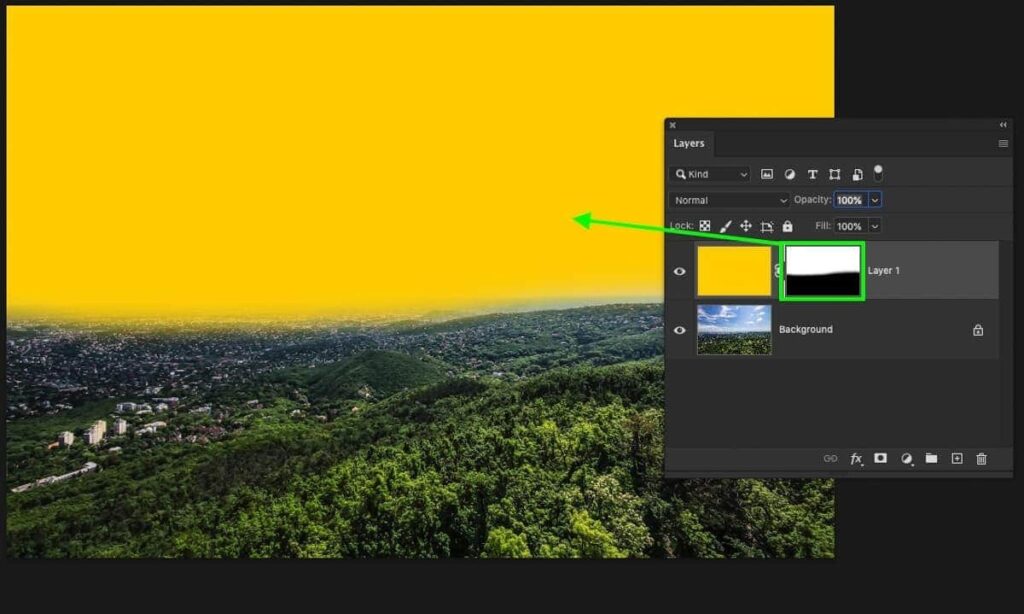
Applications of Image Masking in Photography:
Portrait Retouching:
Image masking plays a pivotal role in portrait retouching, enabling photographers to enhance facial features, eliminate imperfections, and achieve a flawless complexion. The ability to selectively apply adjustments ensures that the natural essence of the subject is preserved while still achieving a polished and professional look.
Product Photography:
In the realm of e-commerce and product photography, image masking is indispensable. It allows photographers to isolate products from their background, providing a clean and polished appearance. This technique is particularly crucial when dealing with intricate products or those with fine details.
Creative Compositing:
Image masking empowers photographers to engage in creative compositing, seamlessly blending multiple images to create a cohesive and visually striking composition. Whether combining elements from different shots or integrating fantastical elements, image masking offers the precision needed for a seamless merger of disparate visual elements.
Benefits of Image Masking:
Precision and Control:
One of the primary benefits of image masking is the unparalleled precision and control it affords photographers. Instead of making blanket adjustments that impact the entire image, image masking allows for nuanced modifications to specific areas. This precision is invaluable in achieving a desired visual impact while maintaining the integrity of the overall composition.
Non-Destructive Editing:
Image masking facilitates non-destructive editing, preserving the original image data. Unlike traditional editing methods that permanently alter pixels, image masking creates a layer of adjustments that can be modified or removed without compromising the underlying image. This non-destructive workflow is essential for photographers who prioritize flexibility in their editing process.
Seamless Blending:
The ability to seamlessly blend elements within an image is a hallmark of image masking. Whether integrating a new background, merging exposures, or combining elements from different photos, image masking ensures a smooth and natural transition between disparate visual elements. This results in a final image that appears cohesive and harmonious.

Tips for Effective Image Masking:
Refine Your Masking Skills:
Mastering image masking requires practice and a keen eye for detail. Invest time in refining your masking skills, experimenting with different techniques, and familiarizing yourself with advanced tools within image editing software.
Utilize High-Quality Tools:
Choose image editing software that provides robust masking tools. Programs like Adobe Photoshop have cool tools that make it easy to hide or reveal parts of a picture. You can use things like layer masking, clipping masks, and fancy selection tools to do this. It’s like magic for pictures!
Pay Attention to Detail:
Successful image masking hinges on meticulous attention to detail. Zoom in on your image, work with high-resolution files, and ensure that your mask accurately follows the contours of the subject or element you are isolating.
Showcasing Image Masking in Action:
Before and After Examples:
Enhance the visual appeal of your content by including before and after examples of images that have undergone image masking. This visual representation not only illustrates the transformative power of image masking but also engages and captivates your audience.
Video Tutorials:
Consider incorporating video tutorials within your content. Visual demonstrations of image masking techniques provide an additional layer of understanding for your audience. Websites like YouTube can be a great addition to your written stuff, helping you reach more people and making your content even more interesting.

Industry Trends and Innovations:
Stay Updated on Software Advances:
The field of image editing software is continually evolving, with new features and tools being introduced regularly. Stay informed about the latest updates in software like Adobe Photoshop or other popular editing tools. Discussing these advancements in your content showcases your expertise and keeps your audience abreast of the latest industry trends.
Community Engagement:
Encourage interaction within your content by fostering a sense of community. Invite readers to share their experiences with image masking, ask questions, and provide insights. Making your website better not only makes users happy but also tells search engines that your stuff is good and interesting.
Future Prospects of Image Masking:
As technology continues to advance, the future of image masking holds exciting possibilities.
Photo editing tools are getting smarter with the help of machine learning and artificial intelligence. They now automatically handle some parts of the editing process, making it easier for users and reducing the need for complicated techniques like masking.
Explore these emerging trends and speculate on how they might impact the landscape of image masking in the coming years.
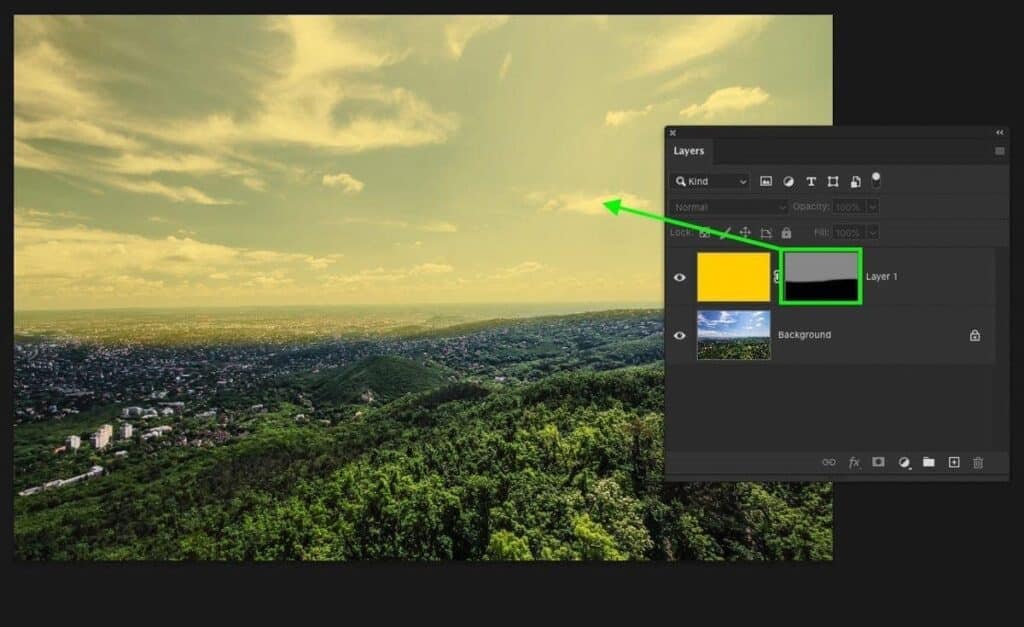
Exploring Niche Applications:
Architectural Photography:
Image masking proves invaluable in architectural photography, allowing photographers to enhance details in intricate structures, balance exposures, and emphasize specific architectural elements. This application is particularly crucial when dealing with scenes that involve both interior and exterior spaces with varying lighting conditions.
Nature and Landscape Photography:
Nature and landscape photographers can leverage image masking to fine-tune elements such as skies, water bodies, or foreground details. This method helps people make beautiful pictures by tweaking the brightness, making colors pop, and smoothly blending different things in the picture.
Event Photography:
In event photography, image masking facilitates precise adjustments to elements like group shots, ensuring that every individual is perfectly lit and free from distracting background elements. This meticulous approach contributes to delivering polished and professional event photographs.
Addressing Common Challenges:
Hair and Fine Details:
One of the perennial challenges in image masking involves dealing with intricate details, especially when it comes to subjects with fine hair or complex textures. Techniques like alpha channel masking and utilizing refined brushes can help overcome these challenges, ensuring a natural and seamless integration.
Complex Backgrounds:
When working with complex backgrounds, achieving a clean and accurate mask can be demanding. Employing a combination of selection tools, refining edges, and utilizing advanced masking features in software can aid in overcoming the challenges posed by intricate backgrounds.
Consistency Across Multiple Images:
Maintaining consistency when applying image masking across a series of images is essential, especially for projects that demand a cohesive visual style. Creating templates, utilizing batch processing, and establishing a standardized workflow can streamline the process and ensure consistency in the final output.
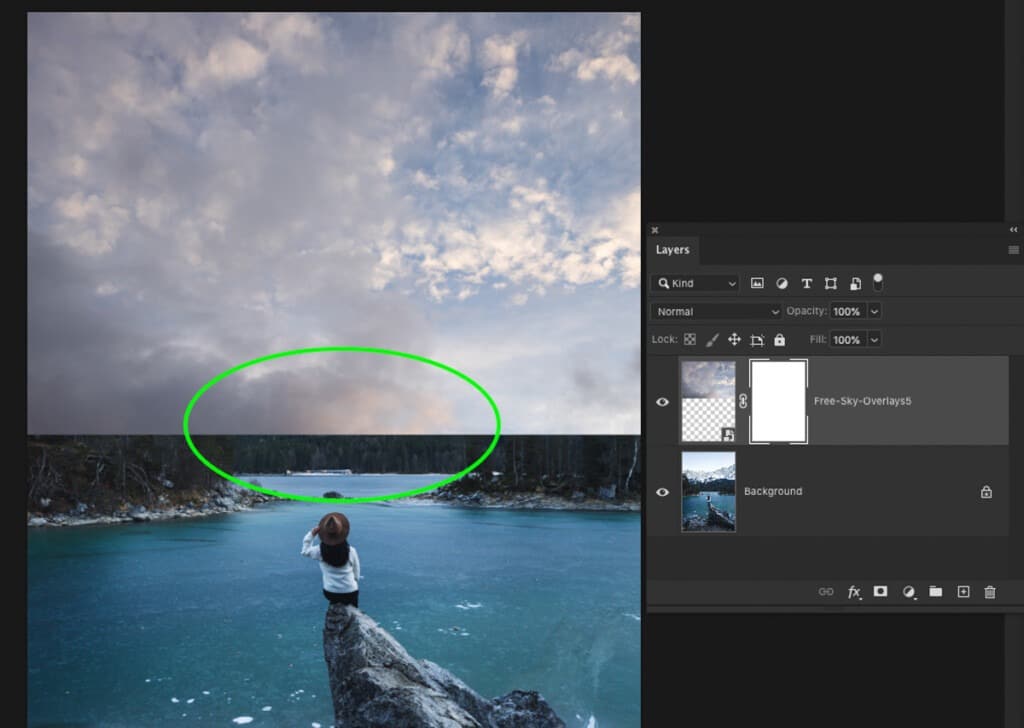
Case Studies and Success Stories:
Illustrate the effectiveness of image masking through real-world case studies and success stories. Share examples of how professional photographers or businesses have utilized image masking to overcome specific challenges and achieve remarkable results. These stories not only inspire readers but also provide practical insights into the application of image masking techniques.
Resource Recommendations:
Tutorials and Courses:
Direct readers to reputable tutorials and online courses that delve deeper into image masking techniques. Platforms like Adobe Creative Cloud, Udemy, or YouTube host a plethora of tutorials catering to various skill levels, offering valuable insights and hands-on guidance.
Plugins and Tools:
Explore and recommend plugins or specialized tools that complement image masking processes. Whether it’s plugins for enhanced edge refinement or tools designed for specific masking challenges, these resources can augment a photographer’s toolkit and streamline their workflow.
Collaborative Endeavors:
Encourage collaboration within the creative community by discussing how image masking can be a collaborative effort.
Photographers, artists who design pictures, and people who create art on computers can team up to make really cool stuff that’s even better than what each person can do alone.
Explore collaborative projects and initiatives that showcase the collective potential of image masking in the creative sphere.
Ethical Considerations in Image Masking:
Talk about the ethics of hiding things in pictures, especially with all the digital changes happening. Emphasize the importance of transparency and authenticity in photography, encouraging practitioners to use image masking responsibly and ethically, particularly in contexts where the integrity of the visual narrative is paramount.
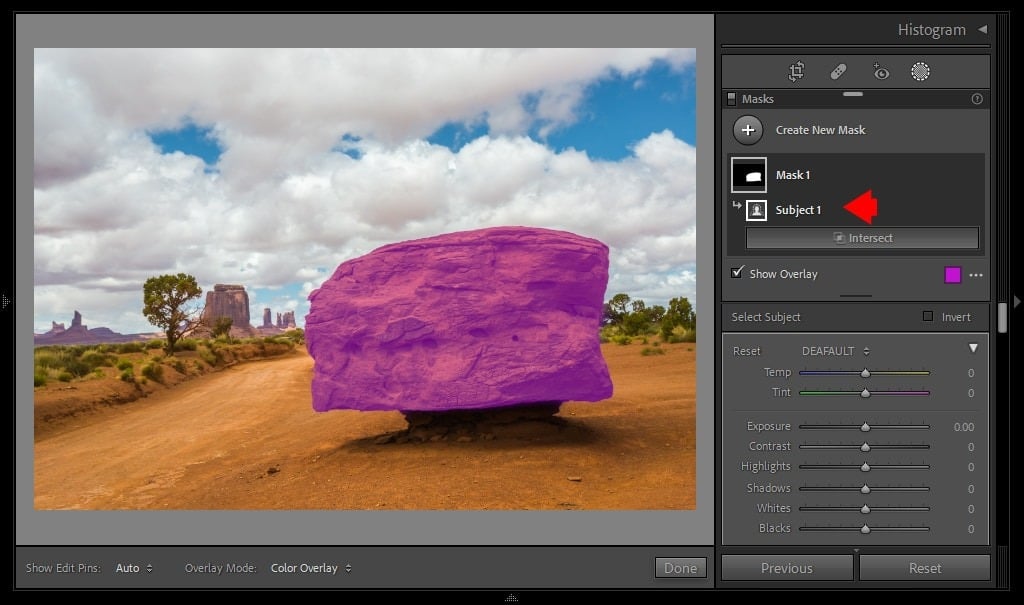
Adapting to Changing Industry Dynamics:
Mobile Photography:
With the increasing prevalence of high-quality cameras in smartphones, mobile photography has become a significant player in the industry. Image masking tools and techniques are not limited to desktop applications, and photographers should explore mobile apps that offer sophisticated masking capabilities, allowing for on-the-go creative editing.
Social Media Integration:
Given the visual-centric nature of social media platforms, understanding how image masking can enhance the visual appeal of images for platforms like Instagram, Pinterest, or TikTok is crucial. Tailoring your image masking techniques to suit the requirements of different social media channels can amplify your online presence and engagement.
Virtual and Augmented Realities Simplified:
As the realms of virtual and augmented reality continue to expand, image masking becomes a key player in creating immersive visual experiences. Explore the integration of image masking in virtual and augmented reality applications, pushing the boundaries of storytelling and visual communication.
Client Collaboration and Communication:
For photographers working with clients, effective communication about the image masking process is essential. Educate clients on the possibilities of image masking, discuss their vision, and provide previews or mock-ups to ensure alignment before finalizing edits. Transparent and collaborative communication contributes to successful client relationships.
Showcasing Portfolio Diversity:
Incorporate a diverse range of images in your portfolio that showcase the versatility of image masking. Demonstrate how this technique can be applied across different genres of photography, from portraits and landscapes to commercial and conceptual projects. A diverse portfolio not only attracts a broader audience but also positions you as a versatile and skilled photographer.
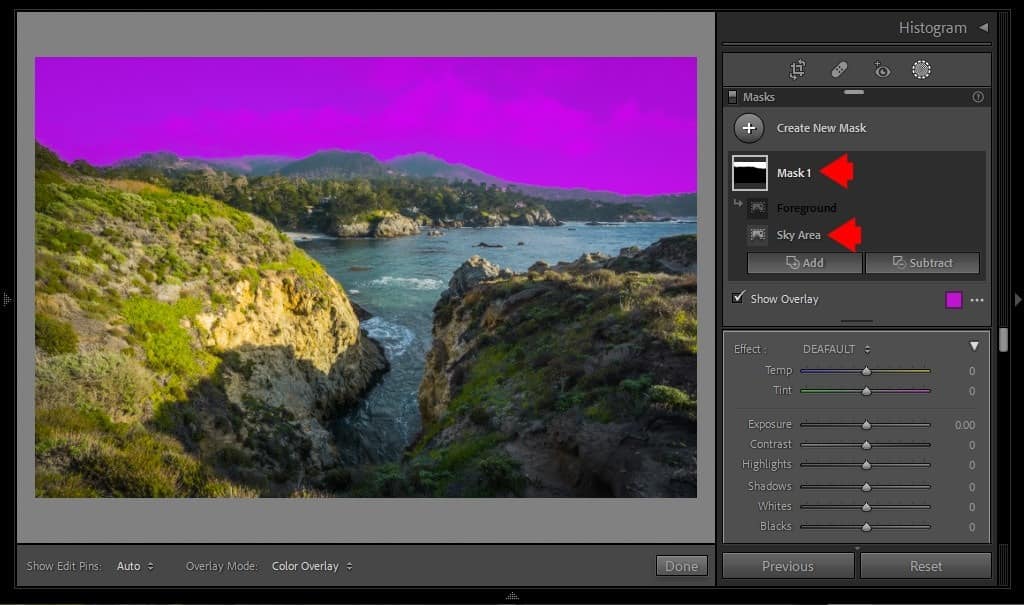
Monitoring Industry Trends:
Continuously monitor trends in the photography and image editing industries. Stay informed about emerging technologies, evolving software features, and changing preferences in visual aesthetics. By staying ahead of the curve, you position yourself as a knowledgeable and forward-thinking professional within the competitive landscape of photography.
Addressing FAQs:
Anticipate and address common questions or concerns that readers and aspiring photographers might have about image masking. Include a section dedicated to frequently asked questions, covering topics such as the learning curve, software recommendations, and troubleshooting common masking challenges. This helps provide a comprehensive resource for your audience.
Community Building:
Foster a sense of community around image masking by engaging with your audience through comments, forums, or social media platforms. Encourage photographers to share their experiences, ask questions, and contribute to the collective knowledge pool.
Final reflection:
As we conclude our exploration of the profound impact of image masking on photography, it becomes clear that this technique transcends traditional boundaries, presenting a concise and sophisticated way of telling a visual story. Whether you find yourself a seasoned professional or an aspiring photographer, adopting image masking opens up a realm of possibilities to enhance your artistic pursuits. The dynamic interplay of technology, creativity and community in image masking ensures that its impact will shape the future of photography for years to come. Embrace the challenges, rejoice in the victories, and allow Image Masking to serve as your portal to a world where every pixel tells a fascinating story. Remember, a thriving community not only increases the credibility of your work but also establishes a supportive network for enthusiasts and professionals alike.

